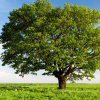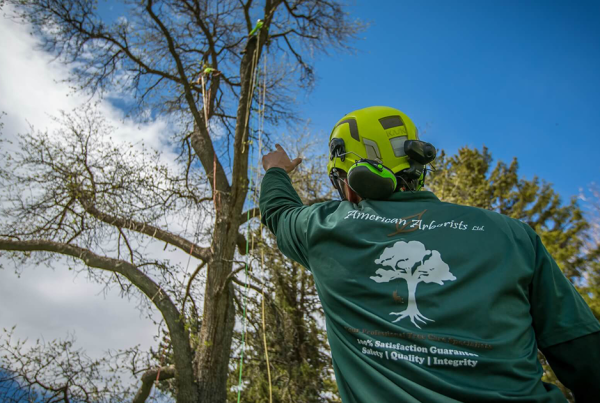
Typical winter weather takes a serious toll on trees, regardless of whether it’s a newly planted growing tree or an aging one that’s over a decade old. Snow storms, the rapid fluctuation of temperatures between the day time and night time, and drought—all these are detrimental to the health of your tree.
Know Your Responsibilities and Liabilities: Why DIY Tree Care is Always a Dangerous Proposition
So what does this mean for the average tree owner?
For any homeowner who has a tree or two in his property, tree health is a major concern, especially during this time of year. Concerns about the overall health of a tree are not only for the benefit of the tree itself, but also for the neighborhood and the people living within its vicinity.
A sickly or weak tree could break a branch at any moment. Even the slightest gust of wind could cause a large, heavy limb to break and fall. Now, what if kids were playing underneath the tree? What if the broken limb is directly above a portion of your house?
How to Effectively Deal with the Various Problems That Winter Brings Dealing with Extreme and Fluctuating Temperatures
Fluctuating temperatures can cause a lot of stress on trees in a variety of ways. On mature trees, for instance, the rapid changes in temperature between the daytime warmth from the sun and night time sub-zero conditions can wreak havoc within the tree, specifically between the outer layer/bark and the inner wood.
The stress brought about the rapid change of temperature will eventually lead to cracks, otherwise known as frost cracking or southwest injury—referring to the part of the tree that receives the most exposure from winter sunlight.
What Should You Do to Avoid This?
In the majority of the cases, there is very little that you can do to prevent frost cracking from occurring, especially if you live in an area with harsh winters. More often than not, trees sustaining such injuries can repair themselves over time. The cracked area, however, will remain vulnerable, so you have to be careful of subsequent cracking occurring in that same area if you want to avoid serious damage to the plant.
As part of your fall maintenance procedure, you might want to consider wrapping the bark of your trees with commercial tree blankets to prevent moisture loss and frost cracking. Applying the appropriate winter mulch on the ground surrounding the tree is also advisable to provide adequate insulation on the plant’s root system.
Late growth injuries brought about by sudden temperature drops is also a common problem among trees and other plants. Ice crystals can form and rupture the cell walls on the growing tips of a tree branch. To avoid this, you should only perform the pruning process until after the tree has entered into its dormant stage during the fall.
Combating Winter Drought
Winter drought is a very real problem for trees and other plant life, especially in areas that experience harsh winters and really low temperatures. Winter drought usually happens when a plant, particularly a tree, loses more water than it can absorb from the frozen ground. This is especially common during early spring when the warm spring sun begins to heat up the tree but the ground is still frozen solid, preventing it from absorbing enough moisture.
A Proactive Solution that is Easy to Implement
Granted that there is no surefire way to prevent winter drought from occurring, you can minimize its effects by simply spreading a thick layer of organic winter mulch around the base of the tree. You apply the mulch in late fall, just before winter starts to hit. The mulch will serve as insulation, acting as a temperature buffer for the root system while slowing down moisture loss and runoff.
Preventing Limb and Branch Breakage
Tree limbs and branches are especially vulnerable to breakage during the winter season. This is particularly common among deciduous trees where the wood hardens due to cold temperatures and become brittle and susceptible to breakage, even with just a little gust of wind. Then there’s the accumulation of ice and snow on the branches, adding more weight, which again may result in breakage.
What To Do
The best solution to minimizing branch breakage lies in the fall maintenance of your trees, specifically the pruning process. This is why pruning is very important. Not just the process itself, but how and when you do the pruning.
Make sure to prune the tree after it enters dormancy to prevent late growth injuries, and make sure to remove any damaged limbs and weak branches before winter hits.
How do you protect your trees during harsh weather months? What has worked well for you in the past? Comment below.









